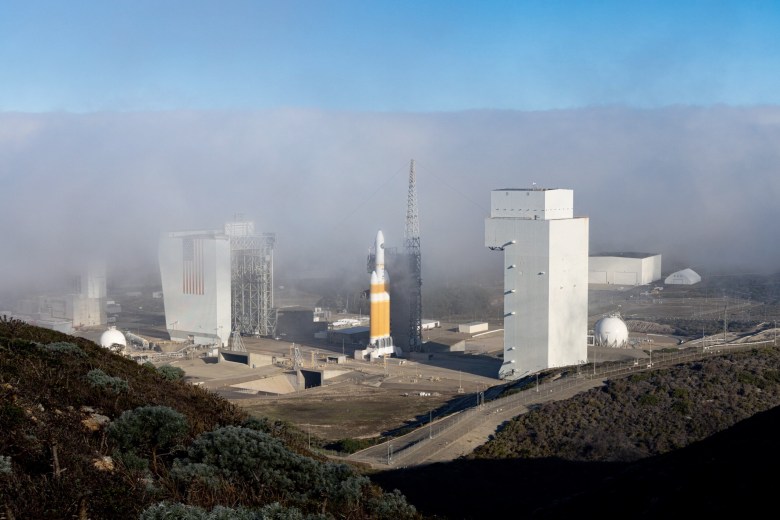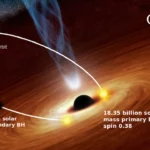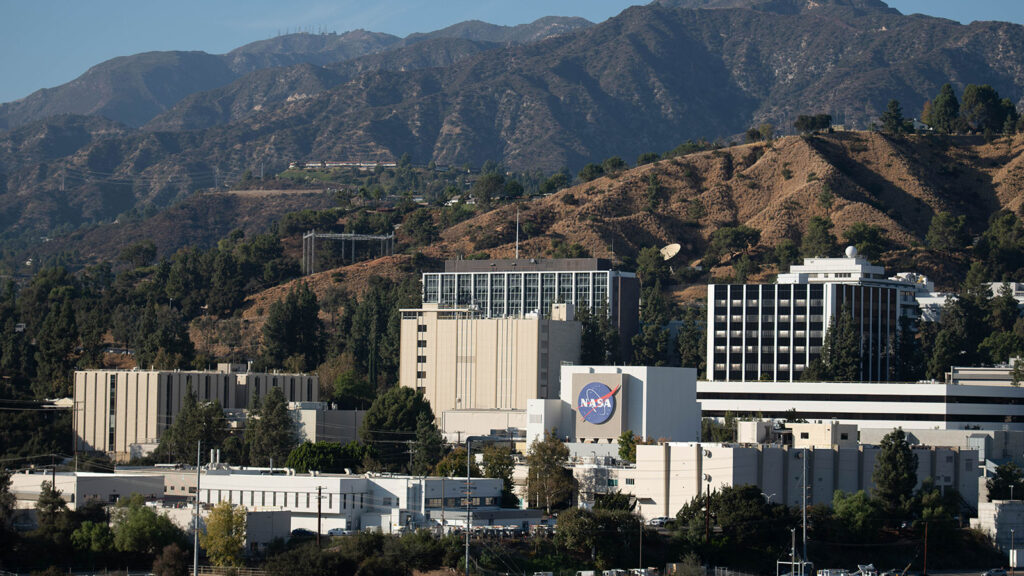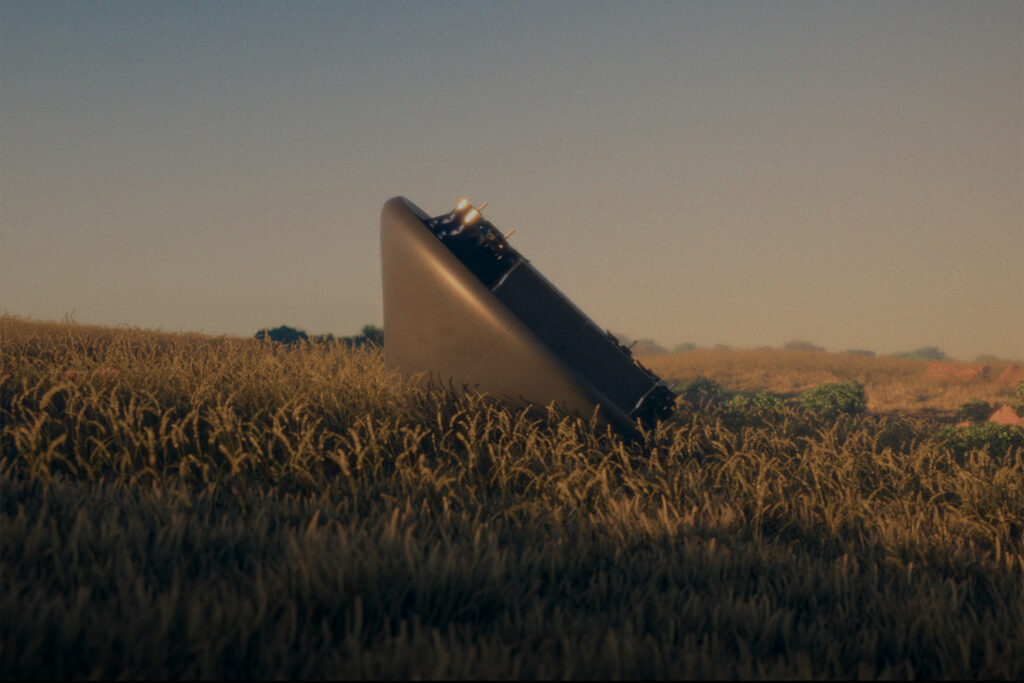Now Reading: SpaceX wins approval for increased Falcon launches from Vandenberg
-
01
SpaceX wins approval for increased Falcon launches from Vandenberg
SpaceX wins approval for increased Falcon launches from Vandenberg

WASHINGTON — The Department of the Air Force has approved SpaceX’s proposal to double its launch rate at Vandenberg Space Force Base and begin using a second launch pad there.
The Air Force announced Oct. 14 that it completed an environmental impact statement (EIS) addressing increased launch activity at Vandenberg and SpaceX’s use of Space Launch Complex 6 (SLC-6). SpaceX currently conducts Falcon 9 launches from SLC-4 at the base.
Under the approved plan, the Air Force will allow SpaceX to modify SLC-6 for both the Falcon 9 and Falcon Heavy rockets. SpaceX can now increase its total number of launches at Vandenberg from 50 to 100 per year, including up to five Falcon Heavy launches from SLC-6. The SLC-6 modifications will include two landing pads to support booster recoveries.
In its record of decision, the Department of the Air Force said it approved what the EIS identified as “Alternative 1,” which allows SpaceX to construct a new hangar at SLC-6 for Falcon processing. The original plan would have repurposed an existing horizontal integration facility. There were no other differences between the two options.
The Air Force said in December it would pursue the EIS to evaluate expanding Falcon launch operations and repurposing SLC-6. Officials said the changes were needed to meet “current and near-term U.S. government space launch requirements” while “returning heavy-lift launch capability to the Western Range.”
The study ruled out alternatives such as modifying SLC-4 to support Falcon Heavy, concluding that doing so would cause “multiple long-duration shutdowns of the launch pad” that would disrupt both government and commercial missions.
According to the study, SLC-4 will support up to 70 Falcon 9 launches per year. There have been 49 Falcon 9 launches from Vandenberg so far this year. SLC-6 is expected to ramp up to 25 Falcon 9 and five Falcon Heavy launches annually as soon as 2027.

The same projections included 11 Falcon 9 launches and one Falcon Heavy launch from SLC-6 in 2026 as well. However, the study estimates it will take about 18 months to modify SLC-6 for Falcon launches, with work beginning in late 2025 or early 2026, suggesting that the facility will not be ready for launches until at least early 2027.
The federal approval overrides opposition from a state agency. In August, the California Coastal Commission voted against a proposal to increase Falcon 9 launches from 50 to 95 per year, citing insufficient information about noise from launches and sonic booms.
“The commission lacks critical information necessary to determine whether the proposed project would be consistent with the enforceable policies of the CCMP focused on the protection of sensitive marine and terrestrial species and habitats,” the commission’s staff report stated, referring to the California Coastal Management Program.
The opposition was largely symbolic, since the Air Force has argued that launch operations at Vandenberg are a federal activity exempt from state oversight. State officials, however, note that most Falcon launches from Vandenberg are commercial missions, including Starlink deployments.
The EIS for the Department of the Air Force concluded that noise from launches and sonic booms “may cause annoyance to building occupants” in Lompoc, California, the community closest to the launch site. However, it concluded that the noise would not have significant impacts.
The Vandenberg decision follows a Sept. 3 announcement by the Federal Aviation Administration approving an increase in Falcon 9 launches from Cape Canaveral Space Force Station’s SLC-40, raising the annual cap there from 50 to 120 launches.
Stay Informed With the Latest & Most Important News
Previous Post
Next Post
-
 01From Polymerization-Enabled Folding and Assembly to Chemical Evolution: Key Processes for Emergence of Functional Polymers in the Origin of Life
01From Polymerization-Enabled Folding and Assembly to Chemical Evolution: Key Processes for Emergence of Functional Polymers in the Origin of Life -
 02Panasonic Leica Summilux DG 15mm f/1.7 ASPH review
02Panasonic Leica Summilux DG 15mm f/1.7 ASPH review -
 03How New NASA, India Earth Satellite NISAR Will See Earth
03How New NASA, India Earth Satellite NISAR Will See Earth -
 04And Thus Begins A New Year For Life On Earth
04And Thus Begins A New Year For Life On Earth -
 05Astronomy Activation Ambassadors: A New Era
05Astronomy Activation Ambassadors: A New Era -
06SpaceX launch surge helps set new global launch record in 2024
-
 07Two Black Holes Observed Circling Each Other for the First Time
07Two Black Holes Observed Circling Each Other for the First Time



















